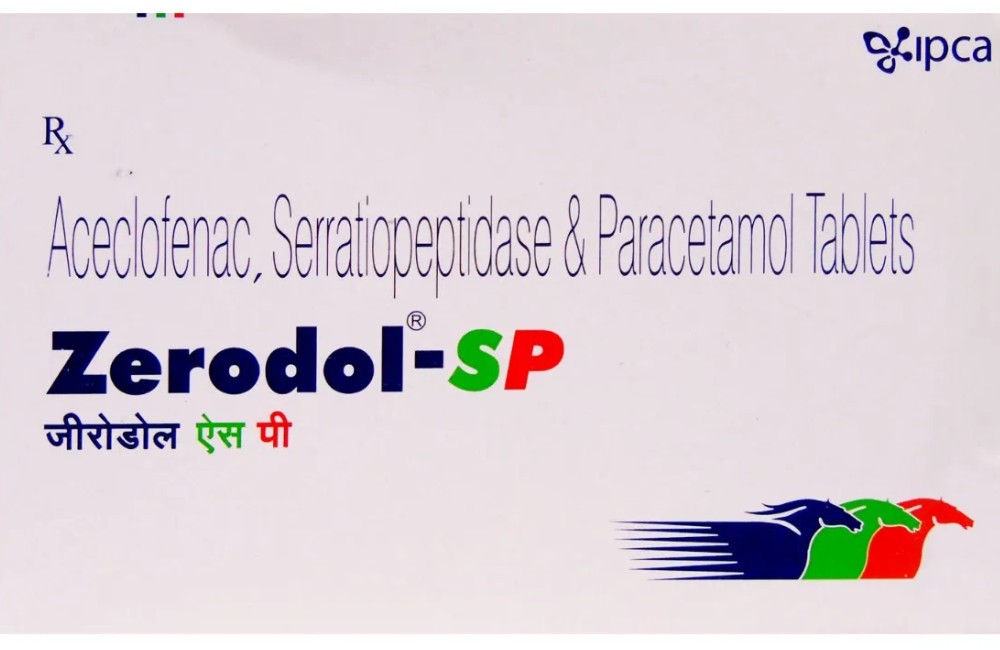Cracking the Omicron Code: Recognizing the Telltale Signs

The COVID-19 pandemic has been a relentless adversary, shape-shifting through various variants as it continues to challenge our world. With the emergence of the Omicron variant, questions and concerns abound. How do you know if you’ve encountered Omicron, and are its symptoms distinguishable from the previous strains? In this article, we’ll embark on a journey through the maze of Omicron, providing you with a clear roadmap to navigate the uncertainties that lie ahead.
Table of Contents
ToggleThe Omicron Puzzle Unveiled
The genetic fingerprint of Omicron is like no other. Scientists have identified numerous mutations in this variant’s spike protein, which could affect its transmissibility and immune evasion. Understanding these genetic nuances is crucial in assessing its behavior and impact.
Recognizing Omicron: A Close Encounter
Omicron has a reputation for being sneaky. It often masquerades as a common cold or mild flu, making it challenging to detect. Vigilance is key.
Identifying Omicron can be a tricky endeavor. Unlike some previous variants, it tends to present with mild symptoms initially, often resembling a common cold or mild flu. This “stealth mode” behavior can lead to delayed detection and potentially facilitate its spread. Therefore, vigilance and a keen understanding of its unique symptoms are essential for early identification.
The Usual Suspects: Common COVID-19 Symptoms
Familiarize yourself with classic COVID-19 symptoms. These include fever, cough, and shortness of breath. Omicron shares many of these signs with its viral relatives.
Before diving into the specifics of Omicron’s symptoms, let’s revisit the classic signs of COVID-19. These include fever, cough, shortness of breath, fatigue, and body aches. While these symptoms may seem familiar, they are still critical indicators, especially in the context of the Omicron variant. Recognizing these shared symptoms is a fundamental step in identifying potential cases.
Omicron vs. Delta: Spotting the Differences
Comparing Omicron to the Delta variant is like distinguishing between two actors playing the same role. They may seem similar, but keen observation reveals their unique characteristics.
Omicron and Delta, like actors playing the same character, share several common traits, but they also have distinct features. Both variants can cause respiratory symptoms and affect the upper respiratory tract. However, Omicron appears to exhibit a more diverse range of symptoms, including unusual ones that set it apart.
The ‘Stealth Mode’ Symptom: What to Look Out For
Omicron comes with a surprise twist—an unusual symptom that sets it apart from other variants. Keep a watchful eye on this symptom for early detection.
One of the most intriguing aspects of Omicron is its unique symptom profile. While it shares some symptoms with earlier variants, it introduces a peculiar symptom that has caught the attention of healthcare professionals: a sore throat. This symptom, often accompanied by congestion or runny nose, can serve as an early indicator of Omicron infection. If you experience these symptoms, it’s advisable to get tested promptly.
A Twist in the Taste: Altered Sensations
Changes in taste and smell are emerging as hallmark Omicron symptoms. If your favorite meal suddenly tastes bland, it could be a red flag.
Altered taste and smell have become synonymous with COVID-19, and Omicron is no exception. However, what sets Omicron apart is the rapid onset of these changes. Many individuals infected with Omicron report a sudden and pronounced loss of taste and smell, sometimes described as a metallic or off-putting taste. If your taste and smell sensations take an unexpected turn, it’s advisable to consider the possibility of Omicron and seek testing.
Respiratory Rollercoaster: Breathing Troubles
Breathing difficulties can be a significant indicator of Omicron infection. It’s essential to monitor your respiratory health if you suspect exposure.
Respiratory symptoms have long been associated with COVID-19, and Omicron is no exception. However, the respiratory symptoms associated with Omicron can be more pronounced and may include severe coughing, shortness of breath, and chest discomfort. If you experience any of these respiratory issues, especially in the context of potential exposure to the virus, seek medical attention promptly.
Headache, Fatigue, and the Omicron Triad
Omicron’s trifecta of headache, fatigue, and muscle aches can leave you feeling drained. Learn how to cope with these discomforts during infection.
Headache, fatigue, and muscle aches are common complaints associated with various illnesses, including COVID-19. With Omicron, these symptoms can be particularly pronounced, often occurring simultaneously. This combination of discomfort can leave individuals feeling exceptionally tired and unwell. Managing these symptoms effectively is essential for a smoother recovery process.
The Curious Case of Gastrointestinal Distress
Digestive issues, such as diarrhea and nausea, have been reported with Omicron. Understanding these symptoms can aid in early detection.
While respiratory symptoms often take center stage, gastrointestinal issues have also been linked to Omicron. Symptoms such as diarrhea, nausea, and abdominal discomfort may occur alongside other more typical signs. Being aware of these digestive symptoms can be crucial, especially when they manifest in conjunction with other potential indicators of Omicron infection.
The Long and Winding Road to Recovery
Recovery from Omicron may follow a different timeline compared to other variants. It’s crucial to understand the phases and precautions for post-infection care.
Recovery from Omicron can be a unique journey. While many individuals experience mild to moderate illness, some may face prolonged symptoms. Understanding the phases of recovery, from the acute infection stage to the post-infection phase, is essential for managing your health effectively. Additionally, adhering to recommended precautions, even after recovery, helps prevent further transmission of the virus.
Conclusion: Navigating the Omicron Era
As the world confronts Omicron, knowledge is our best weapon. By recognizing its unique symptoms and staying vigilant, we can better protect ourselves and our communities. The pandemic story continues, but together, we can write a safer ending.
FAQ’s
Omicron has shown a proclivity for milder symptoms in many cases, but its impact can vary. It’s essential to monitor your health and seek medical advice if needed.
Symptoms themselves are not contagious, but Omicron’s increased transmissibility has led to more cases and, subsequently, more reported symptoms.
Booster shots are generally recommended to enhance immunity, especially in the face of new variants like Omicron. Consult with your healthcare provider for personalized guidance.
Continue practicing preventive measures like wearing masks, practicing good hand hygiene, and getting vaccinated. These actions remain effective against Omicron.
Countries worldwide are closely monitoring Omicron and adapting their strategies accordingly. International cooperation and research are crucial in understanding and combating this variant.
Book an Appointment
Recent Articles
-
 Full Body Checkup: A Complete Test List for Optimal Health02 Nov 2023
Full Body Checkup: A Complete Test List for Optimal Health02 Nov 2023 -
 Zerodol-SP Tablet: Power of Pain Relief and Inflammation Control30 Jun 2023
Zerodol-SP Tablet: Power of Pain Relief and Inflammation Control30 Jun 2023 -
 Glycerin for Face: A Game-Changer in Skincare?01 Sep 2023
Glycerin for Face: A Game-Changer in Skincare?01 Sep 2023 -
 7 Hacks to Lower Prolactin Levels Naturally27 Sep 2023
7 Hacks to Lower Prolactin Levels Naturally27 Sep 2023 -
 The Incredible Benefits of Eating Walnuts: Boosting Your Health One Nut at a Time29 Jun 2023
The Incredible Benefits of Eating Walnuts: Boosting Your Health One Nut at a Time29 Jun 2023

